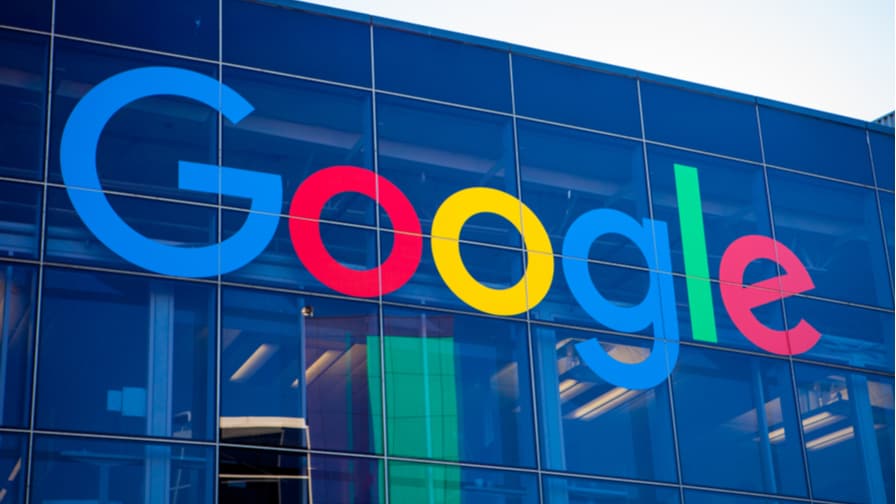Why should revenue diversification be a top priority for publishers?
But this doesn’t mean the outlook for publishers is gloomy; in fact, they have more monetisation choices than ever. There is a huge opportunity to go beyond survival, funded by expanded business models; as Columbia Journalism School’s Raju Narisetti put it back in 2018, “reader-revenue is just one potential revenue stream from the 10-15 different revenue streams a publisher can have.” By supplementing ads with complementary monetisation options, they can drive greater growth and lasting success. And commerce is an area with significant and – as yet – largely untapped potential.
How do publishers benefit from incorporating commerce into their business model?
BL: As the high-street struggles, e-commerce is booming — with UK consumers set to spend £75 billion digitally by 2024 and online sales on track to account for 22% of the global retail industry. Publishers are in a powerful position to capitalise on the digital surge for one key reason: consciously or not, they already have a sizeable influence on what consumers buy.
When content mentions certain brands, products, or services, it sparks interest and often has a strong impact on purchasing decisions — especially among readers who have close relationships with publishers and trust their opinion. Media owners can unlock some of this value with advertising, but commerce allows them to more directly leverage the attention and buying intent content fuels, and claim a bigger slice of the pie.
Combining display and commerce can be a win-win scenario that benefits publishers at both ends of the purchase funnel; with the revenue from initial ad impressions and exposure enhanced by commerce clicks, and conversions. That’s not to mention the data they can gather on specific purchase preferences and audience activity, which can be used to create higher-value content and targeted advertising packages.
How can publishers make the shift to commerce as an alternative revenue stream?
BL: Probably the most important first step for publishers venturing into commerce is understanding how to make it work for their business and audience. There are multiple models they can adopt — such as direct sales through affiliate links in existing content, native commerce via tailored editorial, and branded storefronts. But no matter which direction publishers take, their route must be carefully planned to ensure optimal user experience, as well as profits. And the best way to achieve that is to build their unique model on three core pillars: value, authenticity, and intention.
In essence, this means being honest about commerce efforts and prioritising quality. For some publishers, the fear that promotional activity will turn off audiences can lead to a masked approach, where the true aim of commercial content is ambiguous. That’s a sure-fire way to cause confusion and even annoyance for readers who feel they’ve been duped. Provided commercial efforts only include brands or products that truly align with audience interests and publication principles — and content is based on genuine experience — there should be no concern about openly declaring their goal to educate readers, and aid buying decisions. After all, authenticity is a major part of why individuals follow specific publications and keeping that confidence is crucial for commercial and general success.
What impact does Google Chrome’s plans to remove third-party cookies have on publishers and advertisers?
BL: While it was refreshing to have final confirmation of when the cookie deadline will fall, the news wasn’t surprising. Keen-eyed digital media players have been watching Google tighten the privacy net for years — following the lead of other major browsers — and steadily reducing their reliance on third-party cookies.
There is a growing awareness within the advertising community that rich, first-party data from consenting users offers a better way forward for compliant insight-driven targeting. Google’s announcement has simply reinforced the value of the relationships publishers have with their readers. In the run-up to 2022, we can expect to see the industry as a whole cleaning up its data act and brand advertisers being more discerning about the media owners they partner with, and where their data comes from.
